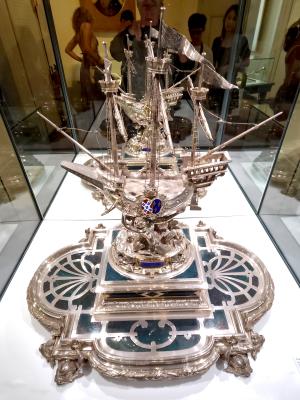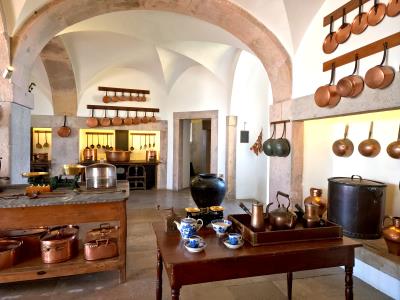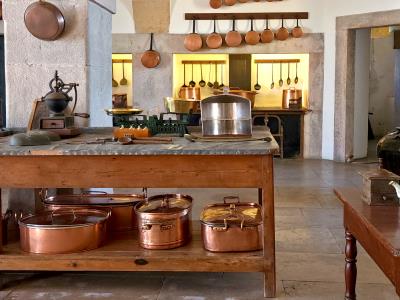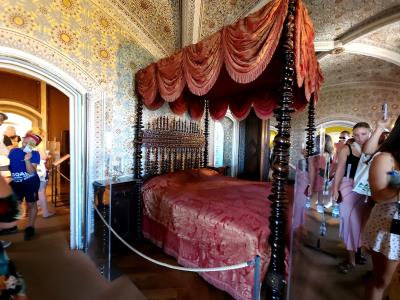Day 7 8/14/2023
Portugal - Sintra
Frank's Trip
CLICK on any image to enlarge - use mouse cursor to move enlargement it if doesn't fit area

Pena Castle...
The only castles I've seen have all been in the movies. All rather staid and gray or nondescript in color. Comparatively, this one looks like it came from Disneyland! Red, yellow, blue and Azulejo tile covered sections and eclectic styles inside and outside are a visual delight.
The castle is huge and the mountaintop location means that some areas have a pretty stiff and constant wind blowing through. Even on a sunny, warm day there are areas where wearing a sweat shirt cuts the chill while being in a less breezy area in the sun is quite warm in just short sleeves.
Inside, the rooms aren't quite as large, generally, as in some other palaces I've seen and the requisite roped off paths for tourists to pass through therefore make a lot of photography somewhat difficult. This castle / palace is extremely popular and visits must be pre-scheduled to go inside though to just go through the exterior castle part does not require having a scheduled time. It is a fascinating place to visit!
 Palácio Nacional da Pena
Palácio Nacional da Pena
The city of Sintra is, in itself, a World Heritage Site. However, within the city, the Pena Palace is, on its own, also a World Heritage Site. Declared a UNESCO World Heritage Site in 1995, this eclectic, brightly-painted palace is regarded as one of the very best in all of Europe.
The Pena Palace, high on a peak in the Serra, is a work of pure Romanticism. Within the 19th century Palace are the church, cloister, and refectory of the 16th century monastery, richly decorated with azulejos. Built as a summer residence of King Ferdinand II, no expense was spared and it shows.
The first thing built on this site was a monastery around 1500, which was later mostly destroyed in the 1755 Lisbon Earthquake. The ruins sat untouched for nearly 100 years, until King Ferdinand II decided to transform what was left of the monastery into a summer palace for the Portuguese royal family. The Palácio da Pena was completed in 1854.
The castle is entered through an Islamic-style gateway that winds up into a courtyard covered in azulejo tiles. The castle has a number of terraces and courtyards. The high, hilltop location lends to it being a windy location. In one of the courtyards the wind is very strong - I would estimate it at a minimum of a 20 MPH 'breeze'. Inside the quarters are decorated as they would have been in 1910, when the royal family fled Portugal during a revolution.
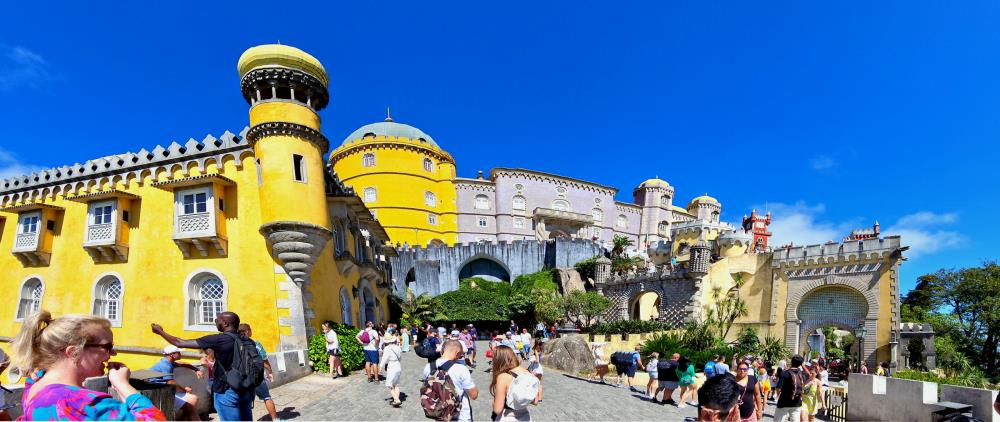
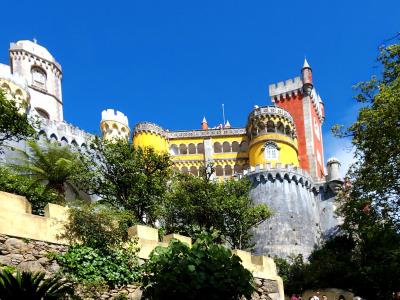
Approaching the castle entrance (ABOVE) and
Walking up the approach to the castle entrance

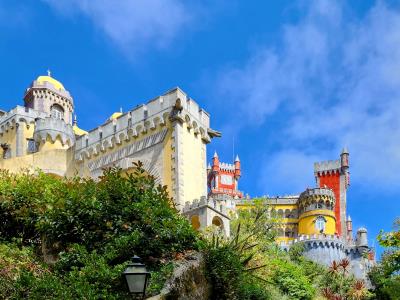

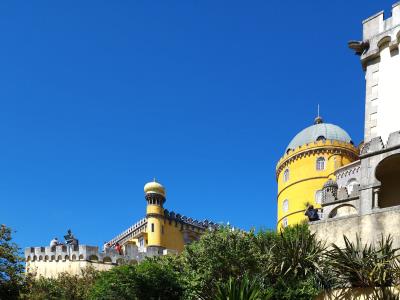
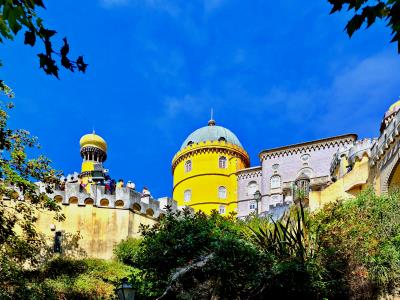
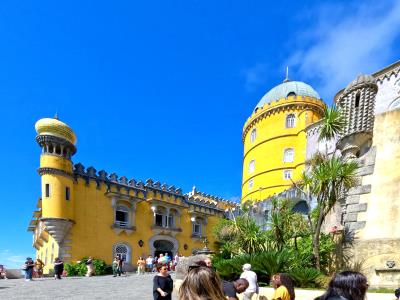
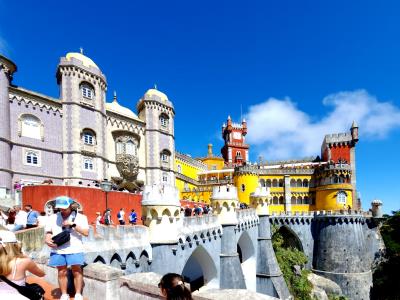
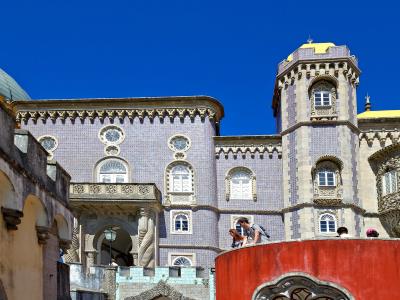
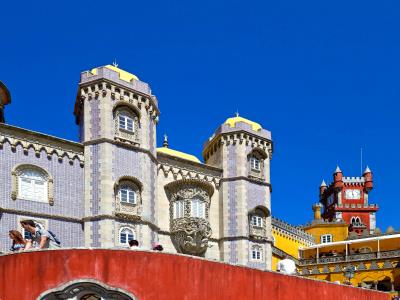



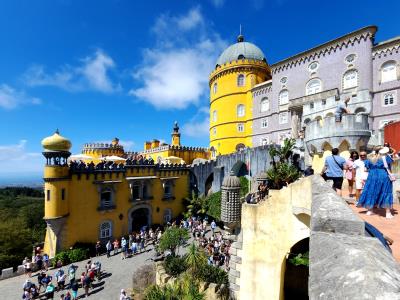
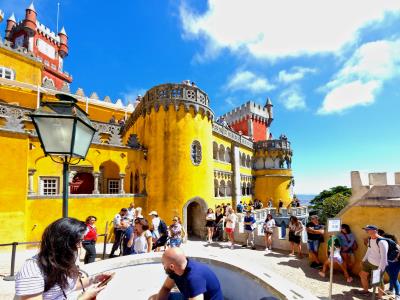
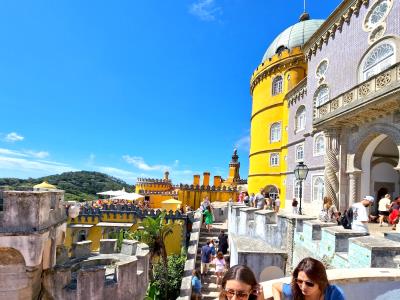
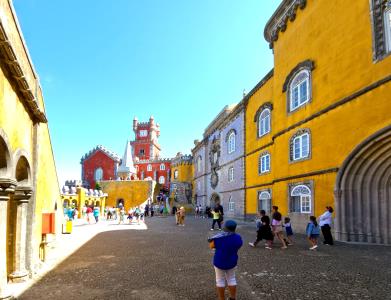



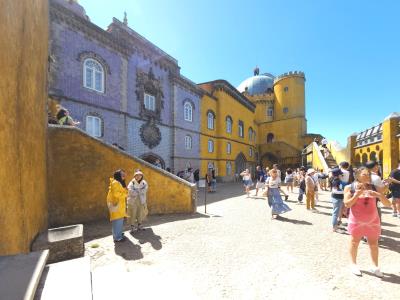
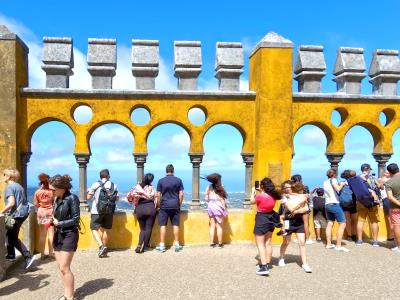


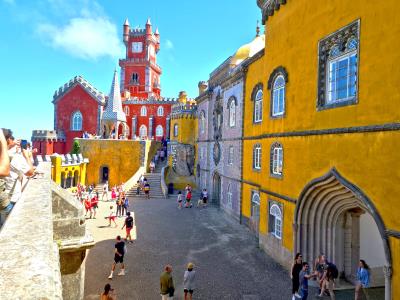
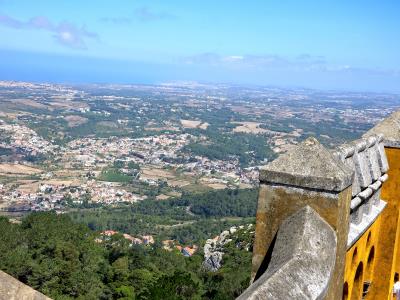
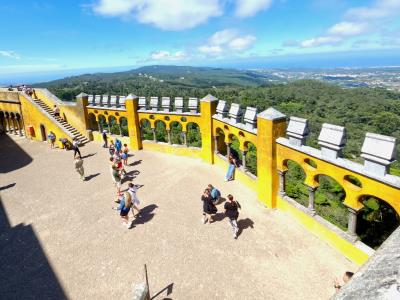

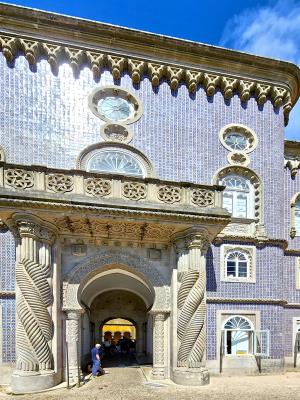

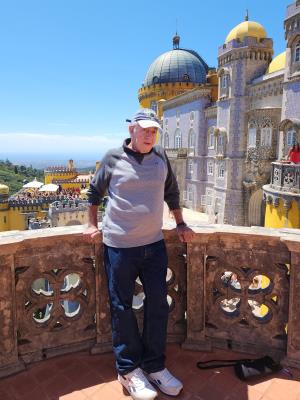

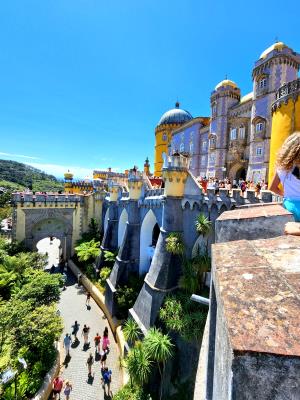
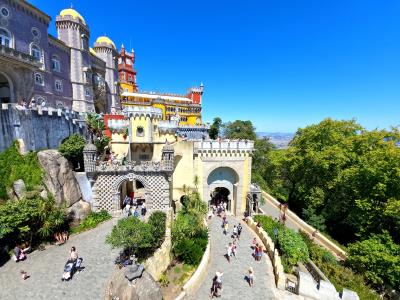
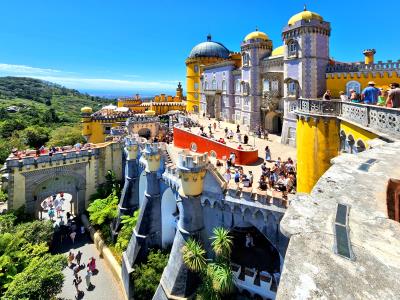




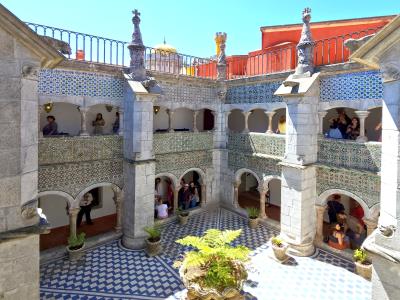

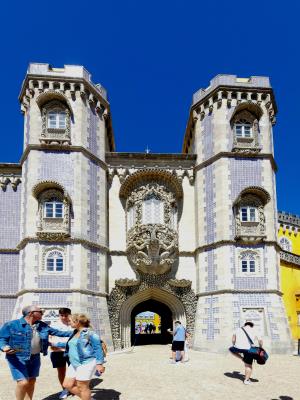

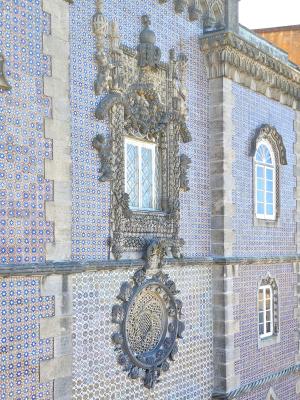
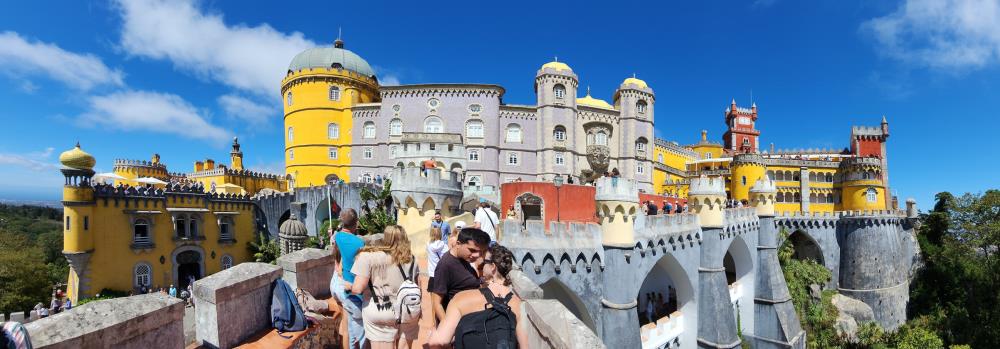
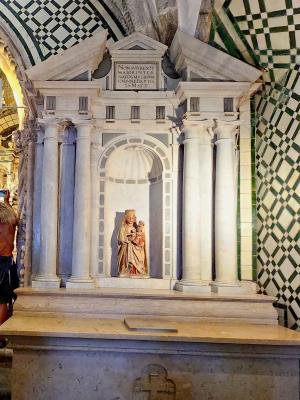
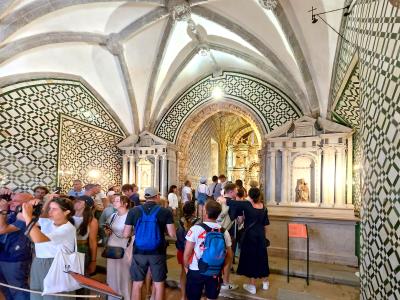
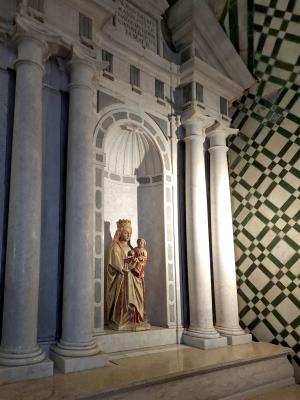
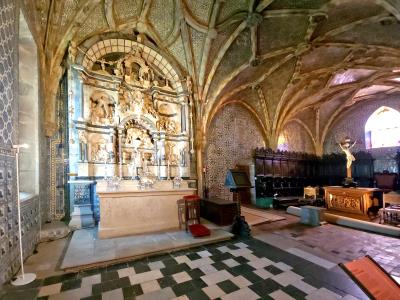


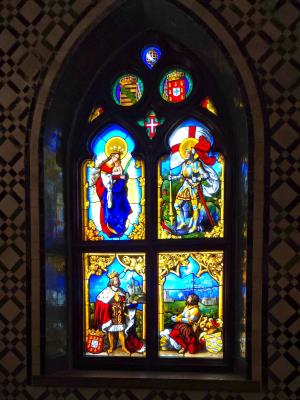
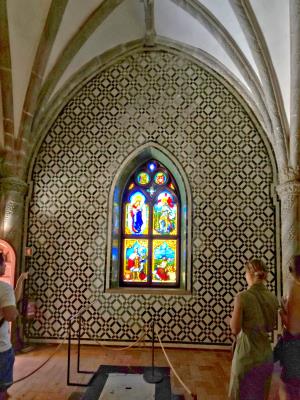


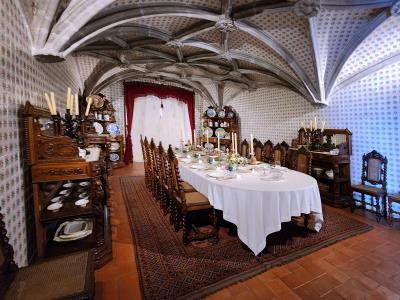
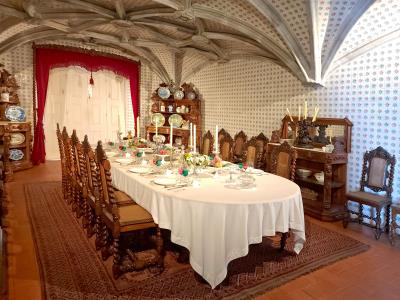
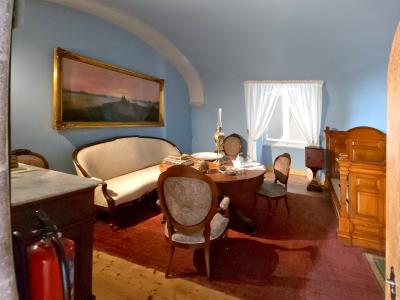

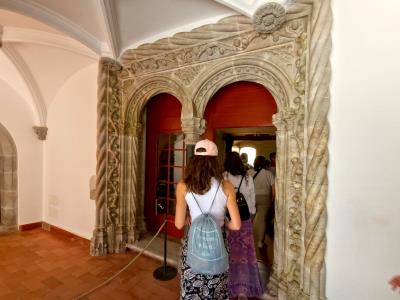
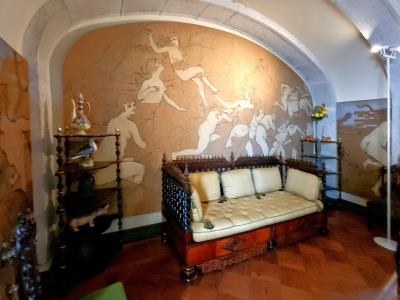
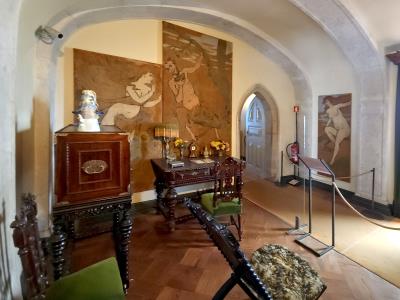
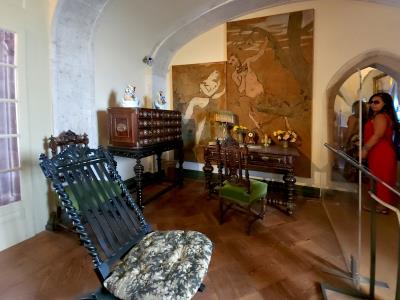
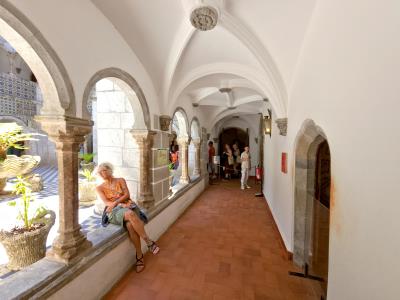




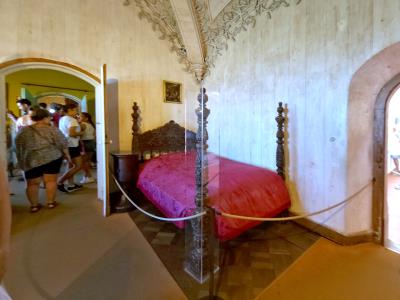
Original niche of the Monastery of Our Lady of Pena. The walls and vault are encrusted with small stones, shells and porcelain fragments. It was later used as a storeroom.
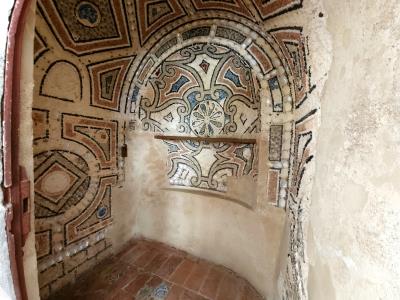
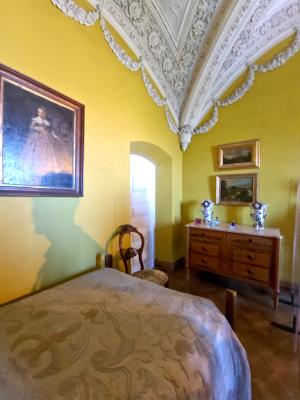

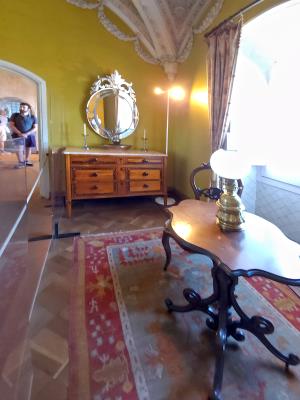
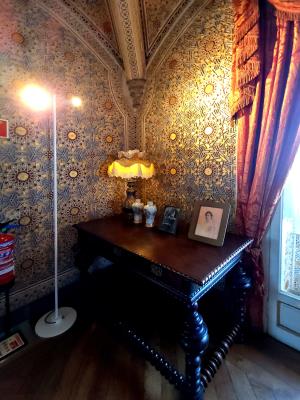
Bedroom of the Lady-In-Waiting
This area served as the Wardrobe of the Countess of Edla. It was later converted into the bedroom of the lady-in-waiting of Queen Amelia. The Queen had various ladies-in-waiting in her service who worked in alternation.

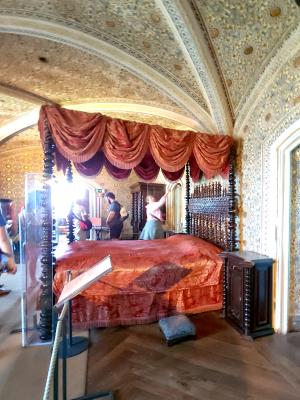

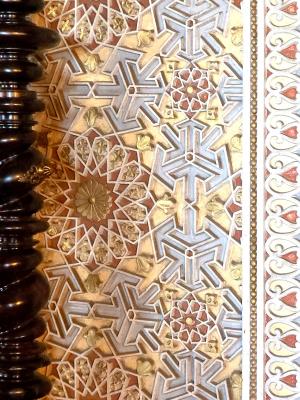
Unique Tiles
This bedroom is finished in very unique tiles.
These are by far the most unusual tiles I have ever seen - ergo the detail pictures. These are 3-D tiles with highly raised segment borders.

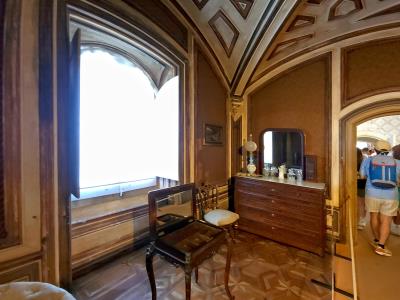
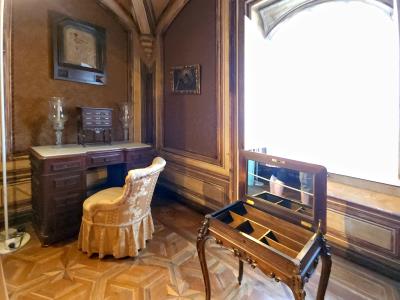

Office of Queen Amelia
From 1860 -1880 this room was the Living Room of the Countess of Edla. Subsequently it became the Office of Queen Amelia.
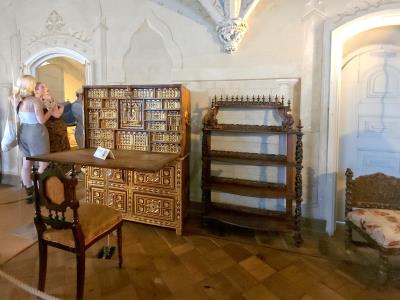
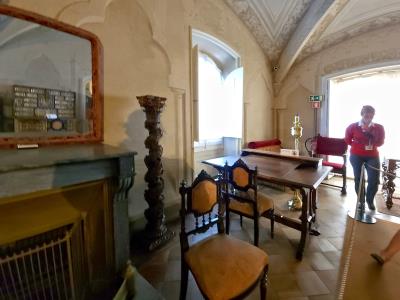
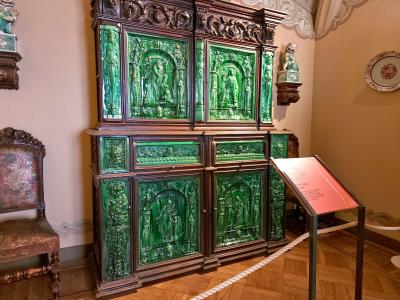
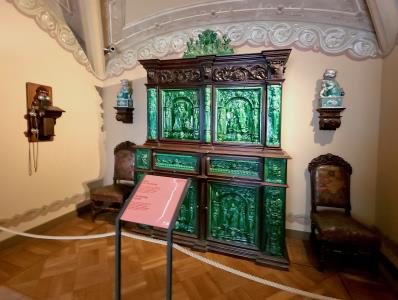
Telephone Room
In the time of Ferdinand II this was the Tea Room. During the residence of Carlos and Amelia this housed the phone cabinet. On display is an original palace switchboard.

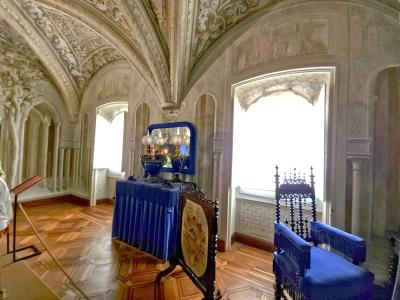
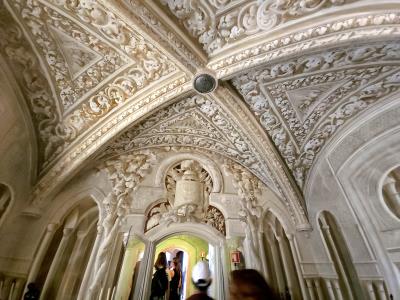
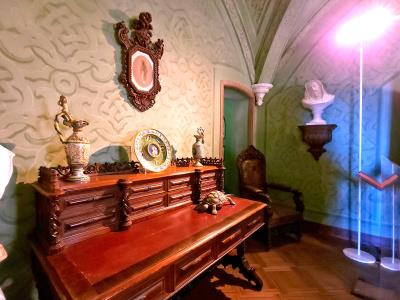
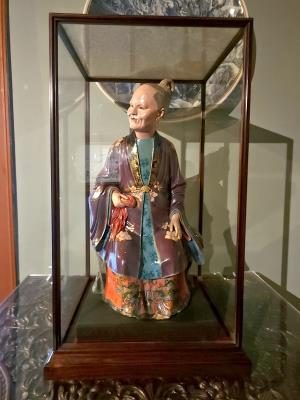
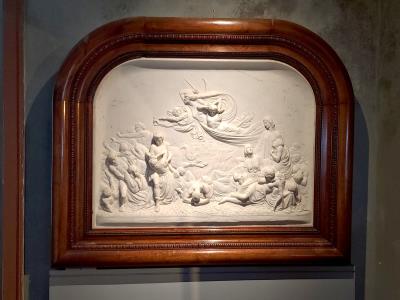
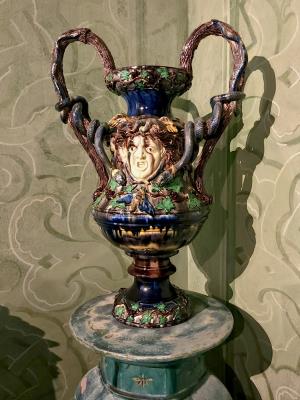
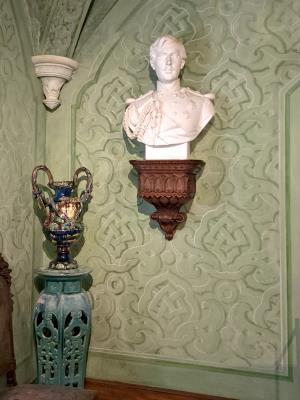
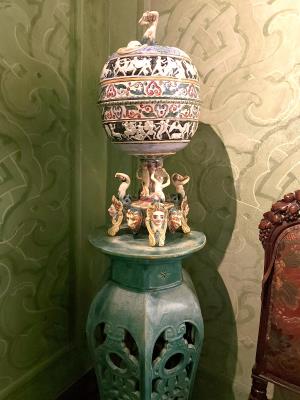




<<< Sacristy
Used for the preparation of religious ceremonies. Adjoining the former church, it features a wash basin, towel stands, and a chest for storing vestments.
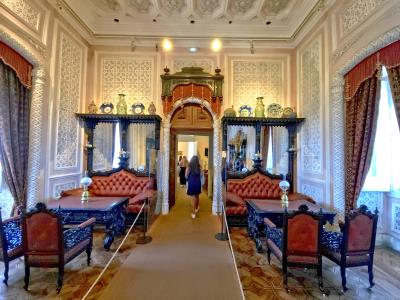

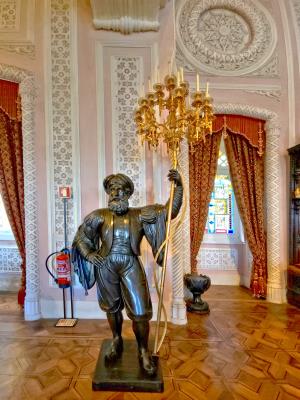
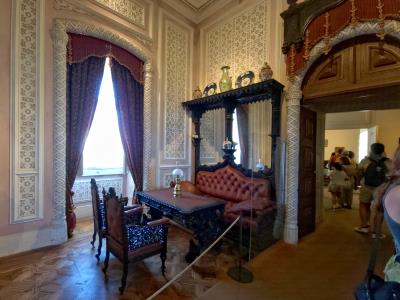
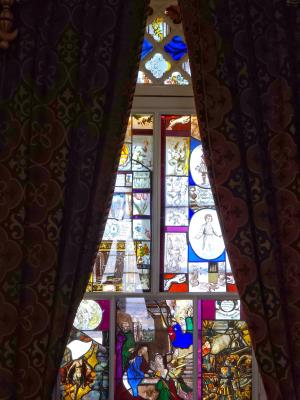
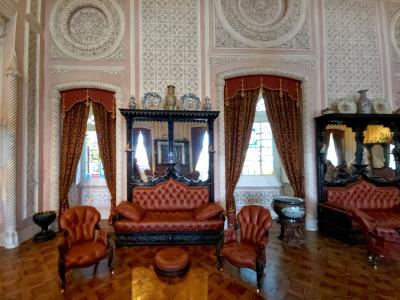
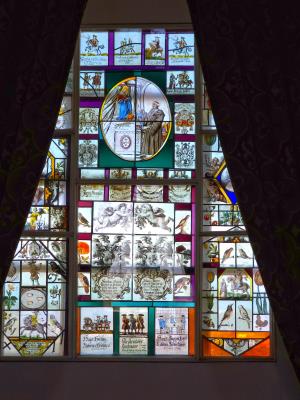

Stag Room
The Stag Room was built as a dining room for the new palace to welcome guests who did not access the private dining room.



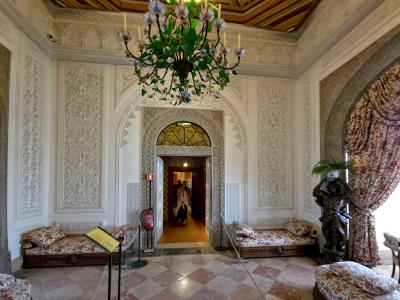
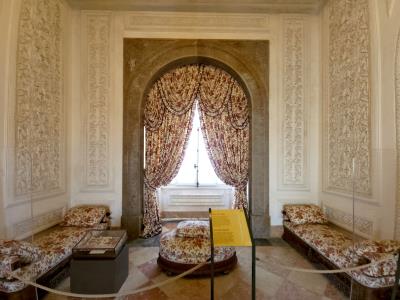
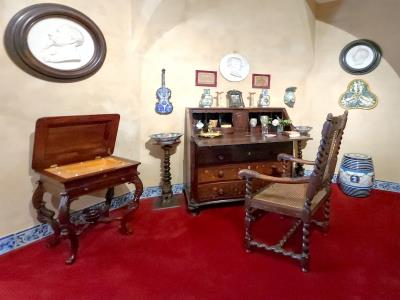
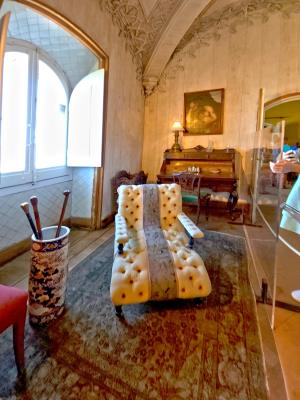
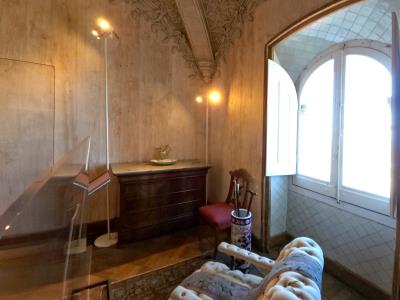
Bedroom of King Manuel II
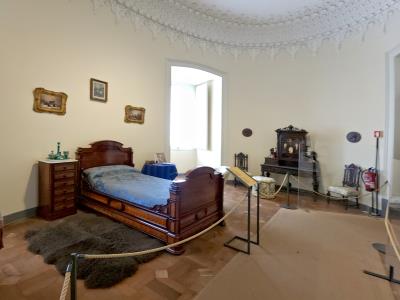
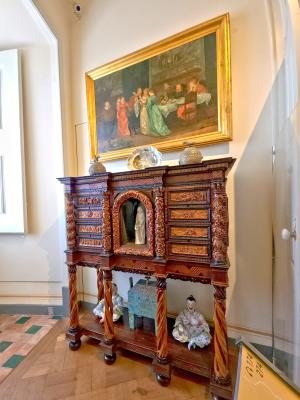

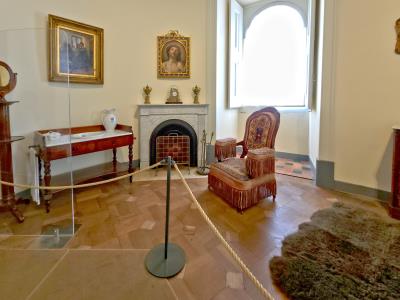

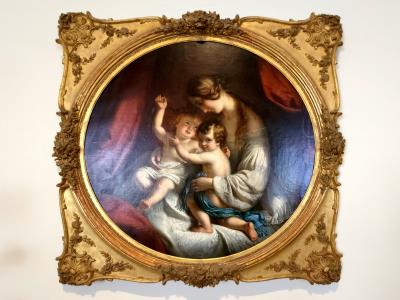
(Below)
Centerpiece >>>
Froment-Meurice given to Princess Amelia by a group of Parisian ladies on her marriage to Prince Carlos of Portugal in 1886
